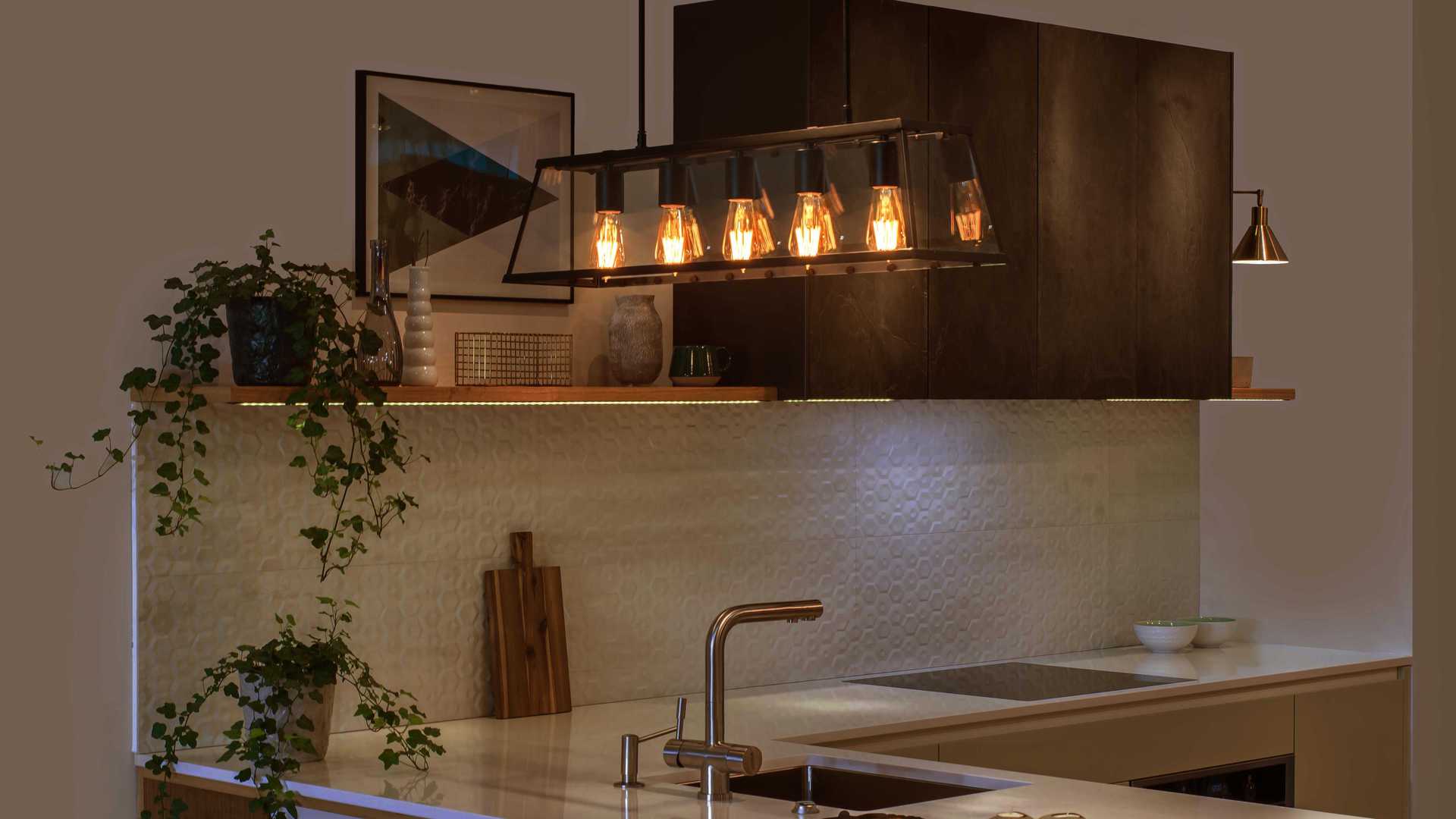
These five advancements promise to “fix” the smart home in 2022

In significantly less than a decade, good house tech has long gone from a luxurious for the rich to a thing somewhat commonplace. Even if you can not find the money for large-stop Sonos speakers or a wall protected in Nanoleaf panels, you can almost certainly afford an Echo Dot or a Lenovo Smart Clock. However adoption hasn’t been as powerful as some tech organizations have been hungry for.
There are causes for this, but 2022 promises to carry some of the boundaries and “fix” the clever home. By the conclude of the 12 months, the good household marketplace could glance extremely unique, and here’s why.
1. Matter
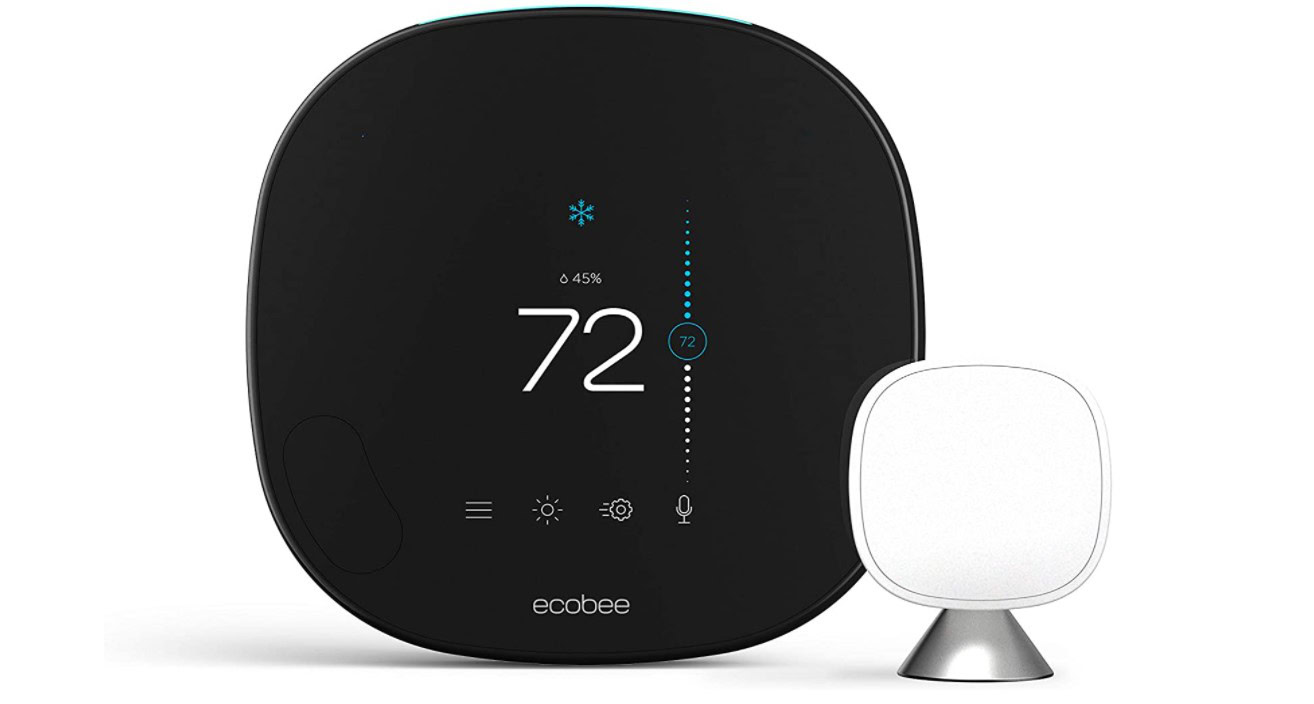
After price tag, possibly the most important obstacle to developing a wise home is compatibility. There are 3 key platforms — Amazon Alexa, Google Assistant, and Apple HomeKit — in addition a assortment of smaller sized types, and routinely, equipment are exceptional to one of them or just a portion. This can be puzzling to newcomers, and even veterans have to squander time hunting down goods that match their specs. Multi-platform households can power their owners to change apps or voice assistants dependent on what they’re hoping to command.
The day is coming when you need to be in a position to use everything with the Make any difference emblem on it. In concept, at least.
Issue, thanks to go live by the center of 2022, is a universal networking protocol that allows extras get the job done across all of the major clever household platforms. Its backers include Amazon, Apple, Google, and Samsung amid other individuals, so the day is coming when you should really be ready to use anything at all with the Make any difference logo on it. In concept, at minimum — we’ll see how organizations manage implementation.
Make a difference devices can also variety a mesh community among every other, building Wi-Fi and the online fewer essential. You’ll nevertheless require those people and a Issue-completely ready hub for remote obtain, of class, but the conventional could be manna for people today who have unreliable internet or add-ons on the edge of router assortment.
A lot more: The Subject intelligent dwelling protocol and why it is a huge deal
2. Thread
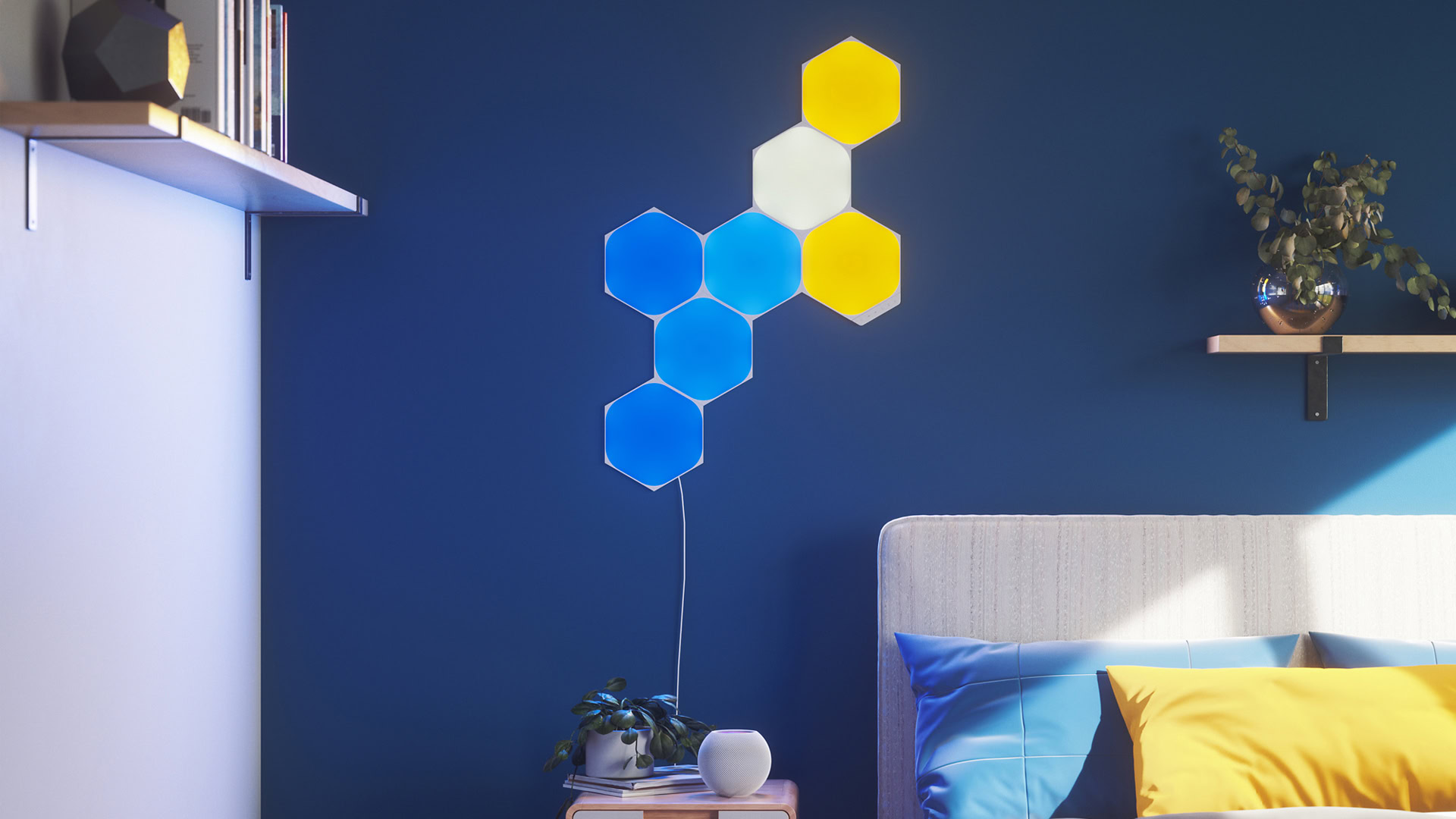
This know-how is seriously involved with Subject but does not essentially go hand-in-hand, so it is worthy of mentioning separately. In point some hardware already supports Thread independently, most prominently the Apple HomePod mini and a number of Nanoleaf merchandise.
So what is it? It is a wi-fi protocol centered on Zigbee — but what you actually will need to know is that every Thread accessory can act as its have “border router,” facilitating the sort of mesh network Make any difference supports. It is actually Matter’s most popular infrastructure, given that contrary to Bluetooth it is devoted to wise household tech, and it consumes substantially a lot less electricity than Wi-Fi.
As with Make any difference, you need a hub and the world-wide-web for distant accessibility. Within just the house, having said that, the a lot more Thread equipment you obtain, the a lot more reputable they develop into, and the even more their selection extends. As a bonus, Thread alleviates the stress on Wi-Fi routers, which can only take care of so lots of simultaneous connections. Individuals with Wi-Fi 5 routers and a host of wise residence extras are almost certainly all far too common with products dropping out.
Connected: Is Wi-Fi 6 truly worth the up grade
3. Google Rapidly Pair and Amazon Frustration-Free set up
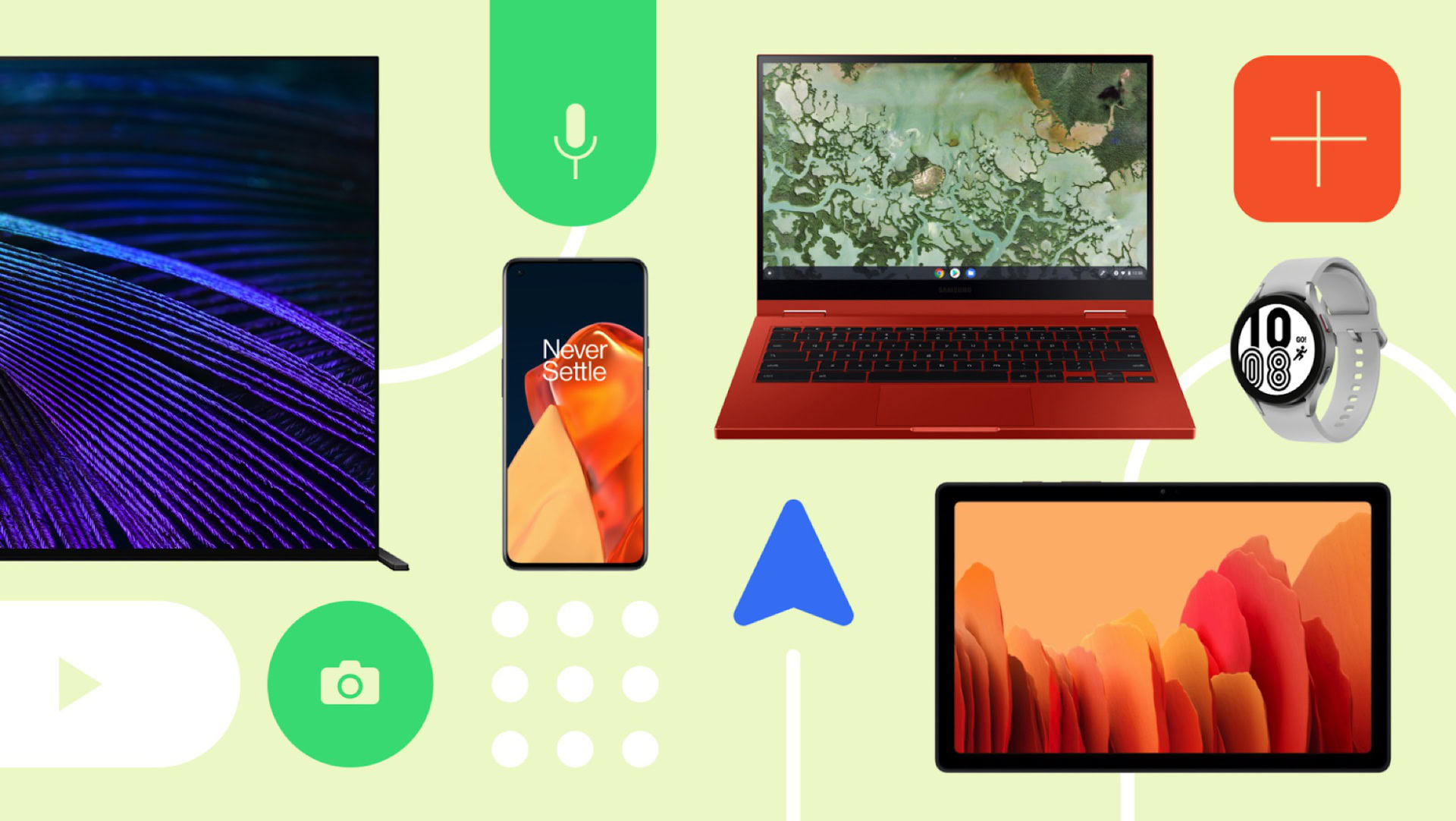
The most aggravating section of location up a smart dwelling is pairing components. The significant platforms every single have their have expectations, most annoyingly HomeKit, which forces you to scan or kind a code for each unit. Accent makers sometimes make factors even much more complex — Eufy, for case in point, utilizes sonic alerts to pair gadgets with its HomeBase 2 hub as an alternative of just Bluetooth or NFC.
Quick Pair has been around considering the fact that 2017, but Google is arranging to drastically develop its get to, such as anything that’s Issue-appropriate. The approach will at minimum in some cases be HomeKit-like in requiring a QR code, but it should really however be speedier than what we generally offer with in the Google Home application.
You can assume lifeless-simple pairing to turn into the norm as an alternative of a particular promoting point.
Disappointment-Free of charge has likewise been all over for a minimal whilst, ensuring pairing extras with Alexa necessitates nominal hard work. If you want to set up the Amazon Clever Plug, for instance, all you have to do is stick it in an outlet and open up the Alexa app’s Products tab. Amazon’s technological innovation is becoming component of the Issue specification, so after that protocol goes are living, you can be expecting dead-basic pairing to grow to be the norm rather of a special offering position.
4. Far more products with smart property hubs developed in
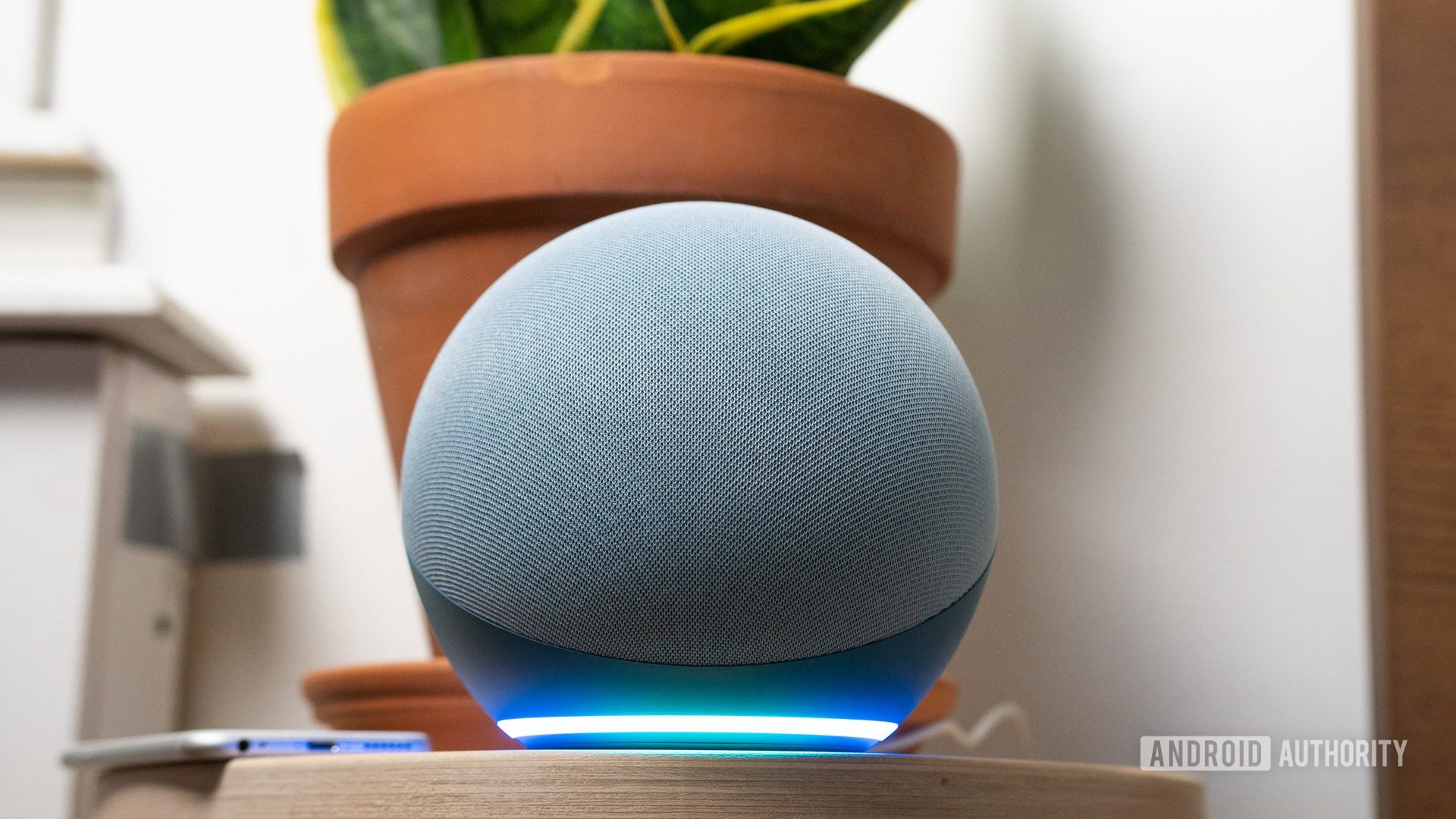
Adam Molina / Android Authority
Hubs aren’t strictly required for a intelligent home, but if you want the best benefits, they may possibly as properly be. You will need something to bridge with the world wide web for remote entry, and a property comprehensive of Wi-Fi-only gentle bulbs is a recipe for accessory dropouts. Hubs can also operate automations no matter of regardless of whether you have world wide web accessibility, which does not audio crucial till the exterior lights are stuck off or your bathroom doesn’t pre-heat on a frosty morning.
Amazon, fortunately, has been which includes Zigbee hubs in items like the 4th gen Echo and Eero 6 router, which implies you can pair add-ons like Philips Hue bulbs devoid of purchasing a hub individually. Apple’s HomePod and Apple Television set lineups act as HomeKit hubs by default, and you can turn an iPad into one as perfectly as if you maintain it powered and within your dwelling.
Google has been slacking in this division — ironically, even its Nest Hubs never have any hub connectivity. But as a most important backer of Make any difference, you can hope the enterprise to swap tracks, lest it receives in difficulty with each shoppers and sector companions.
5. Much better adoption of Wi-Fi 6
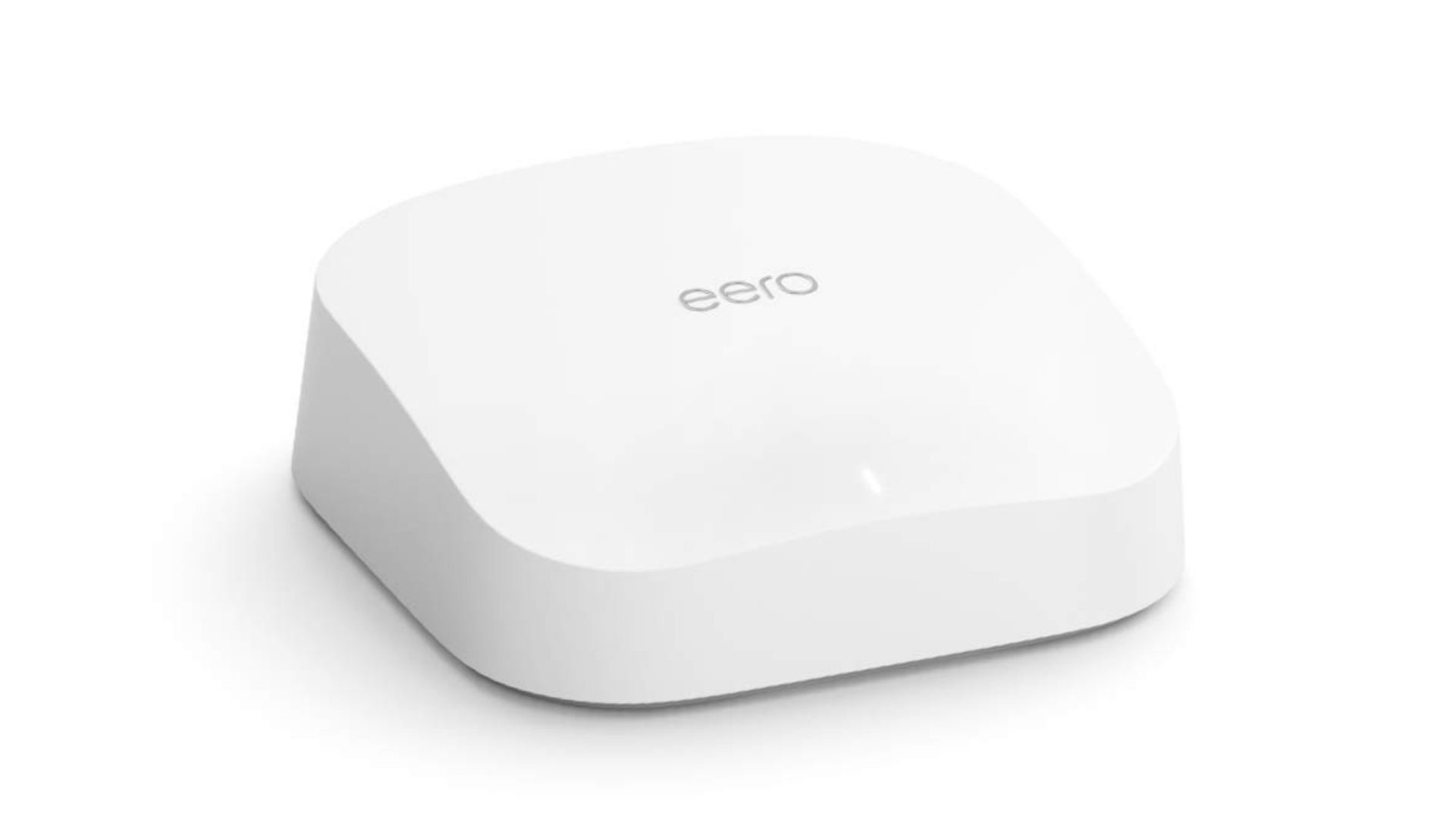
We’ve touched on the problem of overburdened Wi-Fi networks a couple of situations currently, and the actuality is that as awesome as routers like the Nest Wifi are, Wi-Fi 5 is restricting for good properties. Realistically, the conventional can’t deal with much additional than 30 devices at a time. That may possibly be plenty if you never have a lot of clever household accessories or you’re a single individual dwelling in an condominium, but it can be restrictive if you’re in a property with a partner and want good lights, locks, cameras, and thermostats on major of telephones, laptops, media streamers, and smart speakers.
Wi-Fi 6 can deal with this smart residence problem by possibly doubling simultaneous connections, thanks to “talking” to additional equipment at after and scheduling test-ins. You only need a single up grade to see this profit, also: a new router, preferably a mesh product to distribute a significant and even sign.
Some people today are presently on Wi-Fi 6, obviously. But supporting routers have only been around given that 2019, generally at bigger price ranges than their Wi-Fi 5 counterparts. We can hope Wi-Fi 6 to become a de facto function in 2022, creating it a lot more reasonably priced for the masses and in change strengthening the sensible dwelling landscape.
Browse much more: The smart dwelling privateness policies of Amazon, Apple, and Google
